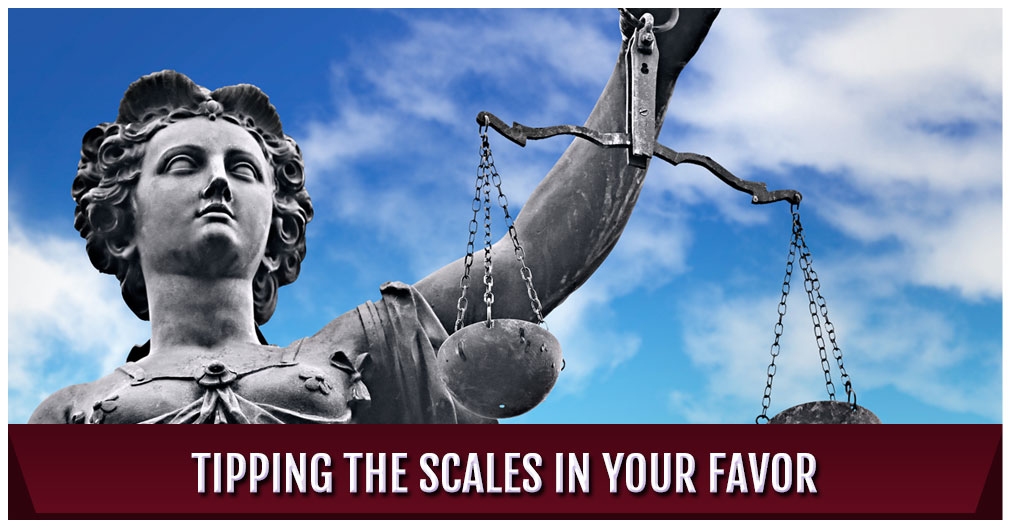Raising Capital: What Is a Private Placement Memorandum?
A Private Placement Memorandum (PPM) is a document that outlines the terms of securities to be offered in a private placement. A private placement is the issuance and sale of a company’s stock to a small number of select investors and is utilized as a means of raising capital; private placement is the opposite of a public issue, in which securities are available for sale in the open market. A PPM resembles a business plan both in its content and in its structure, except these documents tend to be lengthy and extremely thorough, are broken into several components — one of which is a business plan — and are most commonly used in business to provide information to potential investors, so that they may evaluate the merits of an investment in the company.
While the content of a PPM might vary based on the particular offering or the circumstances of the company, most PPMs typically contain the following elements:
- A complete description of the security being offered for sale, including the terms of the sales and the associated fees;
- A description of the issuer which includes organizational structure, the history of the company and the context of the offering;
- A detailed business plan providing information related to market opportunity, the company’s value proposition, its products and/or services, marketing and sales plans, management, financials, and proposed use of proceeds;
- Detailed instructions on how to participate in the offer;
- A summary of relevant or possible conflicts of interests with the issuer, its principals, its affiliates, or a combination of any of the foregoing;
- The numerous risk factors associated with the investment, including risks that are common to similar investments and those risks which are unique to the issuer and its securities.
In certain contexts, particularly if securities are being offered to prospective investors who lack accreditation (unaccredited investors are less sophisticated investors who do not meet the net worth requirements under the SEC’s Regulation D and require special protection when buying stock), a PPM will be required by law. If this is the case, the contents of the PPM will be subject to and regulated by the disclosure requirements of applicable securities regulations, inclusive of state blue sky laws.
Even when a PPM is not required by law, it can provide an invaluable amount of protection for the issuer. For example, statements of an issuer, whether they are written or oral, are subject to both federal and state anti-fraud laws. Among other possible actions, a well-prepared PPM can help issuers avoid a potential securities fraud claim. The PPM will establish a record of exactly what was communicated to the investors about the offering as well as the company, and what was subsequently accepted.
Our business attorney have decades of corporate law experience in private placement and can help you navigate through the regulatory requirements and draft your private placement memorandum.
For more information contact our firm:
Spotora & Associates, P.C.
(310) 556-9641
1801 Century Park East, Floor 24
Los Angeles, CA 90067
 RSS
RSS FAQ
FAQ Clients
Clients















